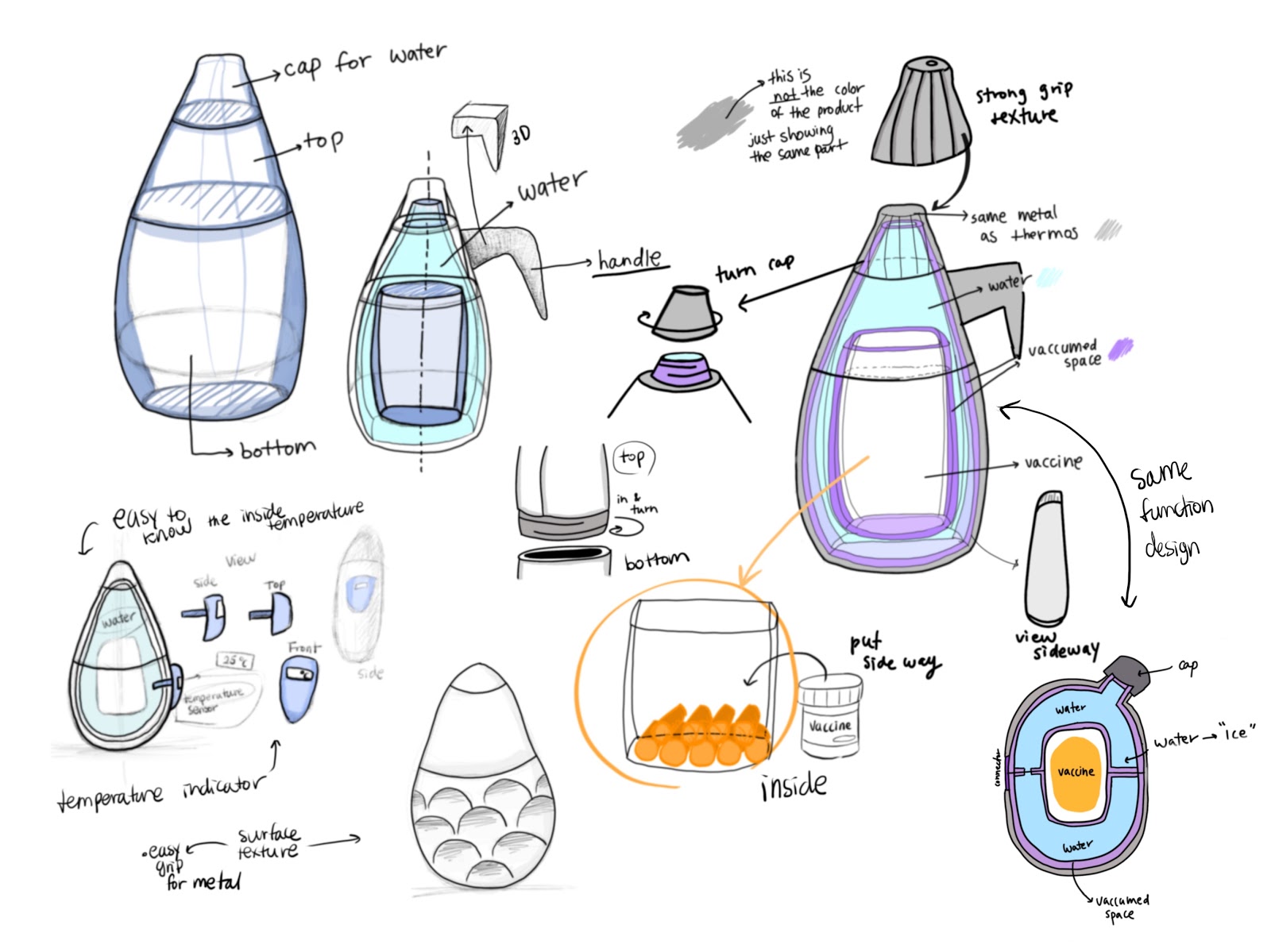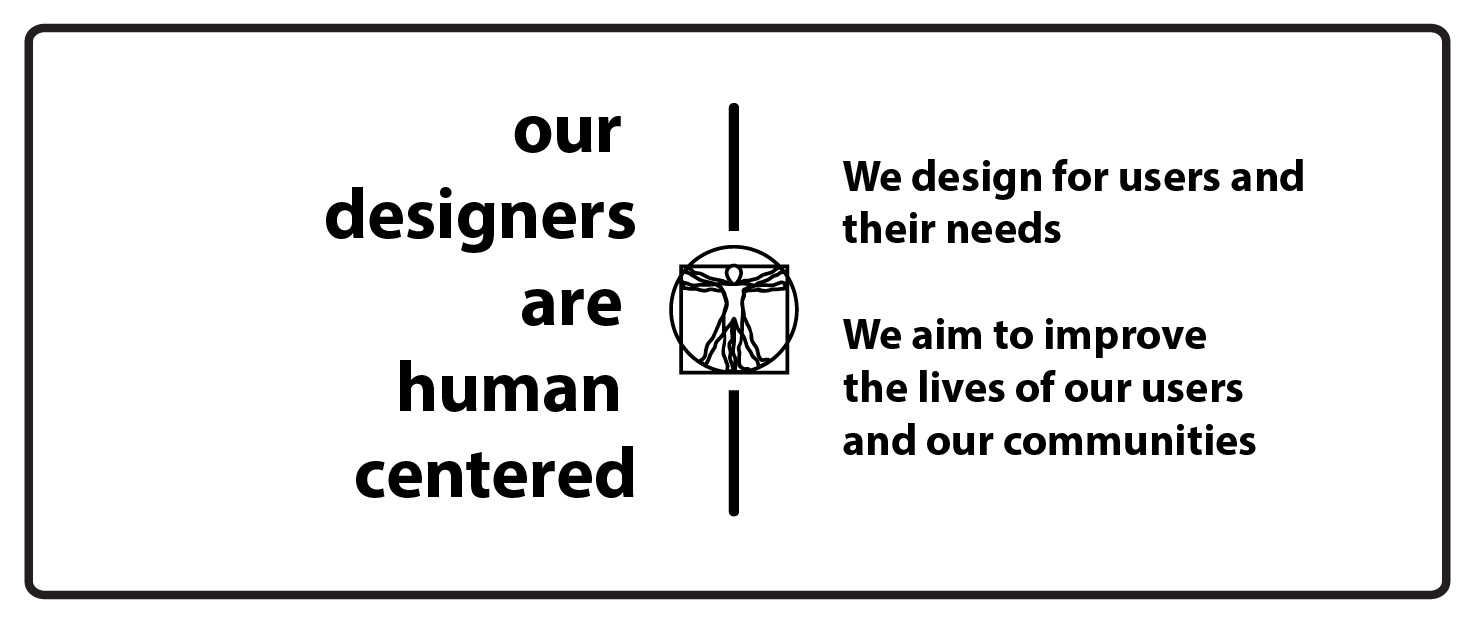One of the most powerful features of Miro is its ability to create a public workspace where students can see and interact with each other's work. We’ve really leveraged this and it’s changed the way we are approaching the portfolio.
Read MoreUsing AI to support language learners
Being able to access content and context of a design opportunity is essential for a successful design inquiry. Design inquiries are more process than content driven, requiring students to draw upon their background knowledge and prior experiences, as well as understand the nuances of the design opportunity. As the majority of learners in our program are English language learners (ELLs), accessing this knowledge and experience.
Read MoreUsing Miro to explore, collaborate, and communicate
Grade 10 inquiry into Biomimicry: What, How and Why.
This year’s iteration presented us with the option of developing and iterating the unit. One of the key tools we used was Miro, an online collaboration tool, to structure, deliver, and guide the inquiry. We had about 90 students working on this task over three days. They worked in teams to learn about biomimicry, research into a problem, and develop a nature-inspired solution.
Read MoreResearch for Designers: Using NoodleTools to scaffold inquiry
Research has taken on an important role in design, especially as we direct our students to undertake user centered design (UCD) approaches to their inquiry. Part of our approach in MYP Design incorporates tools such as NoodleTools to plan and organize research, and the user—task–environment framework for analyzing design opportunities. Together, these two tools help students organize their research, identify connections, and synthesize new understandings.
Below you can find a short workshop that I presented to faculty that outlines how we use NoodleTools to develop and support research skills (ATLs) in a design inquiry. You can see an example of that is incorporated as task-specific instruction here.
We are using Noodletools to scaffold the research process for students. After they have identified a source and created an MLA citation, we guide them in using the NoteCard feature to move their thinking from low-order (identifying) to high order (synthesis).
Moonrise: One of the first photos of Earth taken from the Moon and used to frame the inquiry.
Designing Like You Give a Damn
One of the issues that we have returned to again and again in Grade 9 and Grade 10 design is sustainability. As designers, we have a responsibility to design in a sustainable manner. We are decision makers at critical stages of a product's development, and these decisions have impacts, both predicted and unforeseen.
We've been working on developing units and inquiries that provide opportunities for students to authentically investigate issues of importance. Trying to move beyond just "using sustainable materials", we are interested in empowering our students to think big and act big.
These goals were the impetus for the unit Designing Link You Give A Damn.
Students could choose to inquire into one of four areas:
- Access to clean water
- Mindfulness
- Plastic in our ecosystem
- Vaccine delivery
The way this inquiry was structured was also a departure of from typical units:
- Students worked in groups during the research stage, but individually in the concept development and design stages
- A website was used to deliver content and resources
- Inquiry was largely student directed. At this point in their MYP design education (MYP Year 5), they should be able to apply the design cycle to solving problems with minimal support of the teacher
Overall, this unit has had the highest level of student engagement and greatest amount of autonomy. It's been wonderful to see. In discussions with students the feedback focused on the development and refinement of ideas. At this stage in their MYP design journey they had started to use the design cycle as a tool to structure their inquiry, rather than steps they had to write about.
After completing the investigation, we developed posters to present our ideas for critique and feedback.







Part of the feedback process involved the students meeting back together in their original group to compare and iterate their next design. This was an exciting step as they reviewed the different directions each of them had gone in and then discussed and iterated a new design based on their inquiry.
The group above came up with a particularly innovative solution for vaccine transport and storage. From left to right: A portable container to keep vaccines at a stable temperature; a large vaccine storage system that is stackable; A shoulder bag that the nurse would wear when traveling to remote areas that contains vaccines, first aid kit, as well as a used needle storage container. In discussion at the board, the group realized their ideas could work together to create a vaccine delivery system. The container would be the key element. The stackable storage would be re-engineered to store the containers for safe and easy access. The shoulder bag would be redesigned to accommodate the containers. It was a pity that this iteration activity took place on the last day of class.
As a teacher, it was great to see students engaged in these kinds of meaningful challenges. The next step is to redefine the challenges for an authentic audience where the designs can be taken even further forward to reality.
Defining our students of design
We challenge our students to develop and think like designers. in our school students take design as a class all the way through middle school. Design and design thinking is integrated into many aspects of their teaching and learning.
As a design department, we are in constant conversation about what it means to teach design, what we want our students to learn, and they type of designer we want our students to grow into. We also wanted to communicate to the rest of our school community and visitors what it means to be a designer in our school, and what a designer looks like.
We started looking at the IB MYP Aims of Design and discussing how these are manifest in our teaching and learning experiences we provide our students. There are several aims covering a range of dispositions, skill sets, and knowledge. Reframing them to fit our context, we developed the following statements around the prompt of "Designers at BHA are..."
Each of these statements captures what it means to be a student of design at our school. We hope that as students progress through our program that they develop these traits, beliefs, and mindsets to affect positive change in world.

















